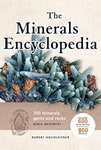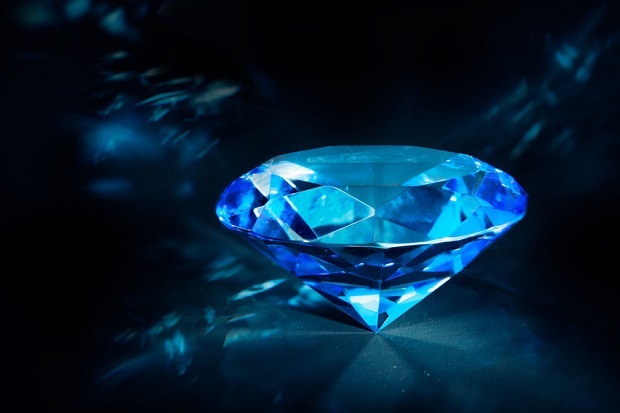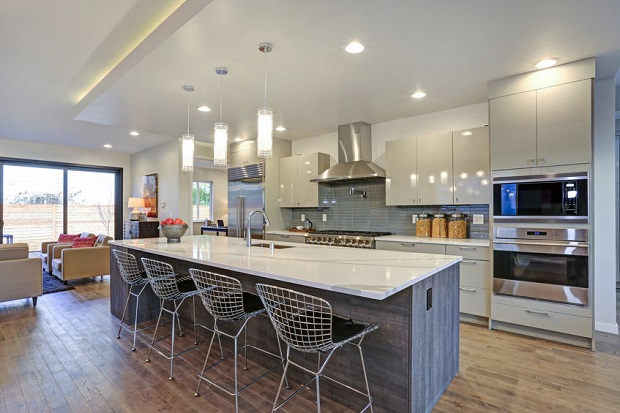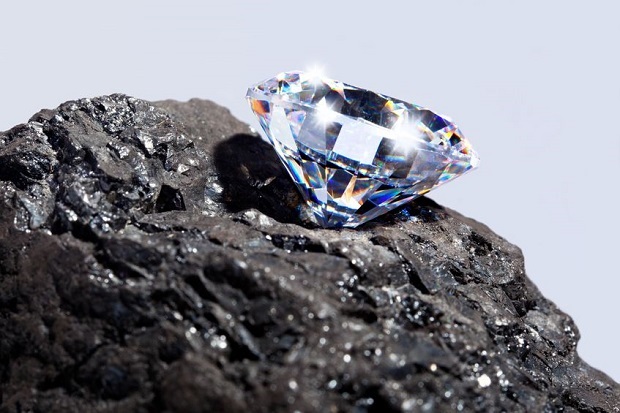
Are Diamonds Minerals?
Answer at a Glance: Diamonds are minerals. Diamonds are made of pure carbon atoms arranged in a lattice-like crystal structure. They are the hardest substance known on Earth that occurs naturally, boasting a ten on the Moh’s scale.
Why Is a Diamond Classified as a Mineral?
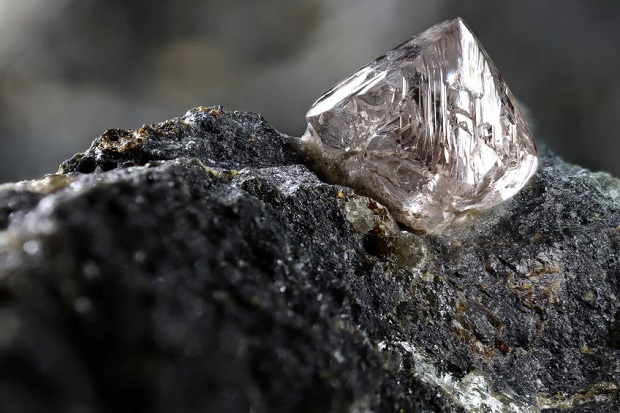
A mineral is a naturally occurring, solid substance. It is neither vegetable nor animal and is inorganic or is a derivative of an organic substance, such as coal. A mineral has a definite crystalline structure, chemical composition, color, and hardness. Diamonds are minerals. [1]
Diamond Characteristics
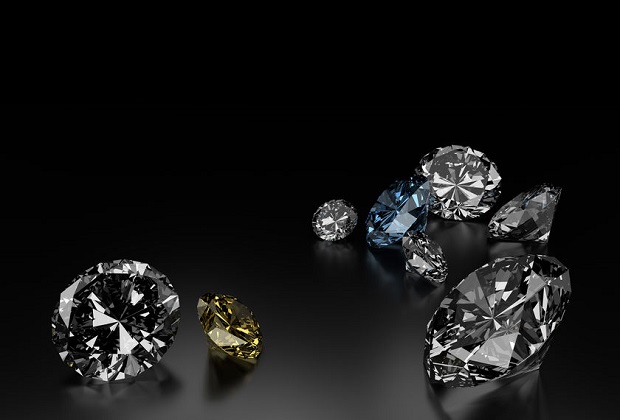
Scratch Hardness: The diamond is the hardest mineral on Earth, assigned a ten on Moh’s hardness scale. The mineral’s hardness does vary between diamonds, but even the least hard diamond is substantially harder than the mineral corundum, which sits at nine on the Moh’s scale. [2]
Anatomical Structure: The diamond’s strength is derived from its anatomical structure, the densest of any mineral. The diamond’s structure is composed of carbon. For every carbon atom within a diamond, four additional carbon atoms surround each, connected by strong covalent bonds. This unique structure is what makes the diamond the hardest mineral, as the strong covalent bonds between the carbon atoms make it difficult to break or scratch the diamond’s surface. [3]
Melting Point: The diamond has a melting point of 3,550°C and a boiling point of 4,827°C, where the melting point denotes when the mineral will turn to liquid, and the boiling point indicates when the mineral will turn to gas. The melting point is not quite as high as carbon or amorphous, but it is substantially higher in relation to minerals such as gold. [4]
Thermal Conductivity: A mineral’s ability to transfer heat is known as thermal conductivity. Though most transparent objects are poor conductors of heat, at 23.2 W/(c*K), the diamond’s thermal conductivity is high due to its structure. This makes the diamond seem cool to the touch. [5]
Refractive Index: The refractive index measures the ability of a substance to bend or refract light. An object’s ability to refract light depends on the anatomical structure of the atoms and molecules of the object and how tightly the atoms hold the electrons. The electrons of most transparent objects, such as glass, allow light to pass right through. However, diamonds have an extremely high refractive index, which means they can bend light at a greater angle, making them appear to sparkle and shine more than other minerals. [6]
Resources
- [1] American Heritage® Dictionary of the English Language, Fifth Edition – “Mineral.“
- [2] Britannica.com – “Diamond.“
- [3] Carnegie Mellon University – The Tartan – “How Things Work: Diamonds.“
- [4][5] Arizona State University – “World of Carbon – Carbon Melting and Boiling Points.”
- [6] Britannica.com – “Refractive Index (physics)”
Related Products
As an Amazon affiliate we may earn from qualifying purchases
Diamonds: Their History, Sources, Qualities and Benefits
by Renee Newman GG
In Diamonds, author Renée Newman, a graduate gemologist and author of many trade-level handbooks on gemstones, invites the reader on a journey into the fascinating world of diamonds. This lavishly illustrated guide — which features hundreds of photos, maps and diagrams — covers everything from mining, cutting and evaluating diamonds to the romantic histories of some of the world’s most valuable stones.
The Minerals Encyclopedia: 700 Minerals, Gems and Rocks
by Dr. Rupert Hochleitner PhD
Mineral collecting by amateur “rockhounds” has never been more popular. Old quarries, road cuts, and exposed landscapes are being examined by new generations of minerals enthusiasts. Each needs a comprehensive guidebook with clear photographs and accurate data. This is it.

